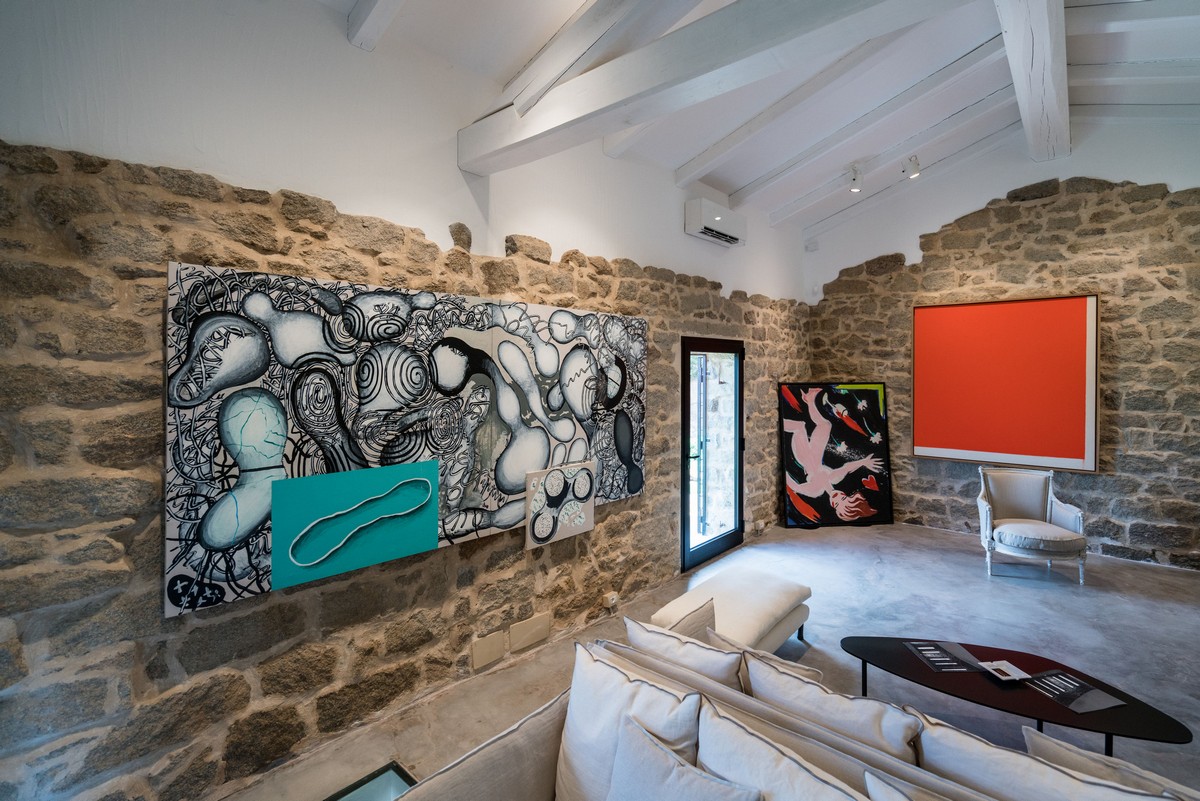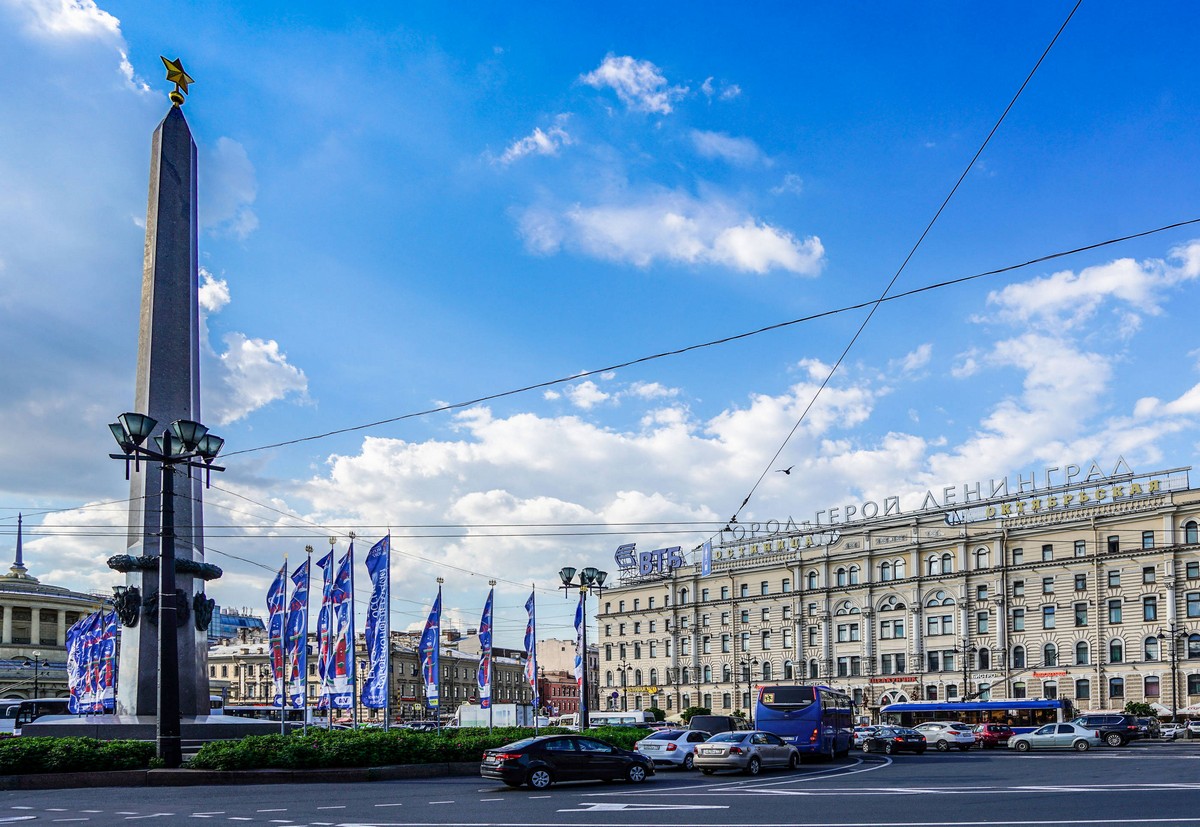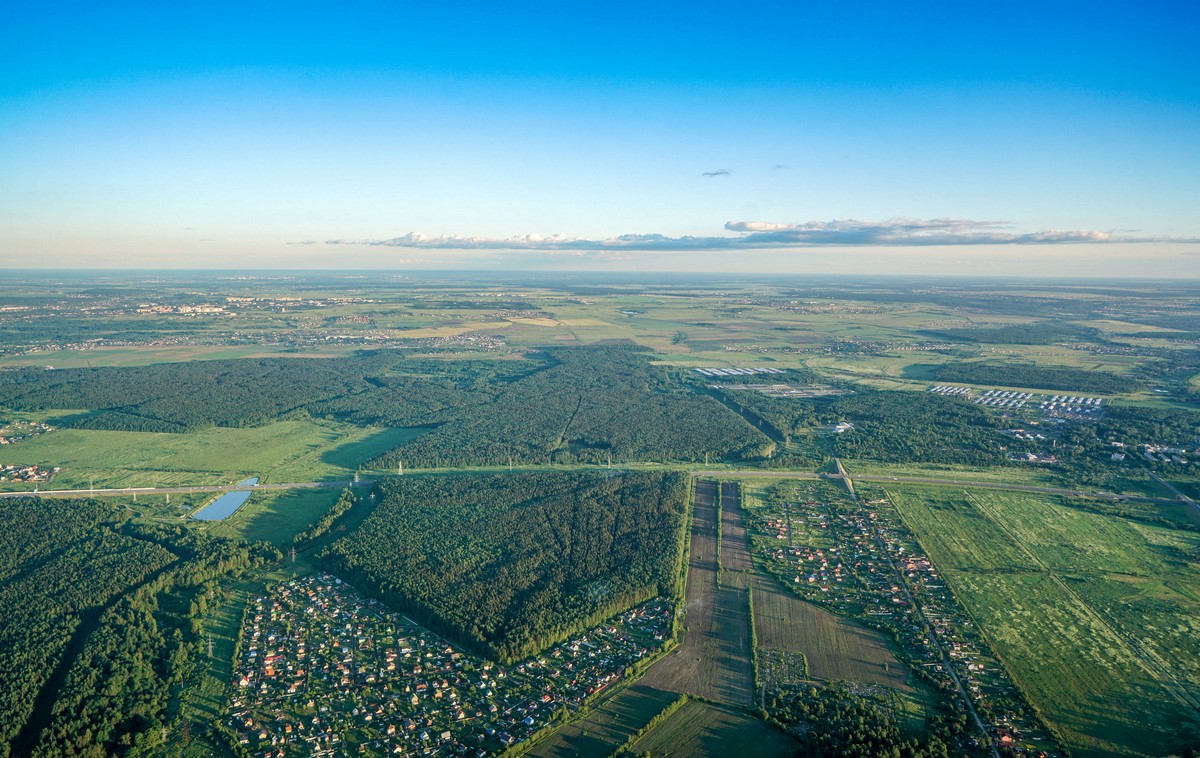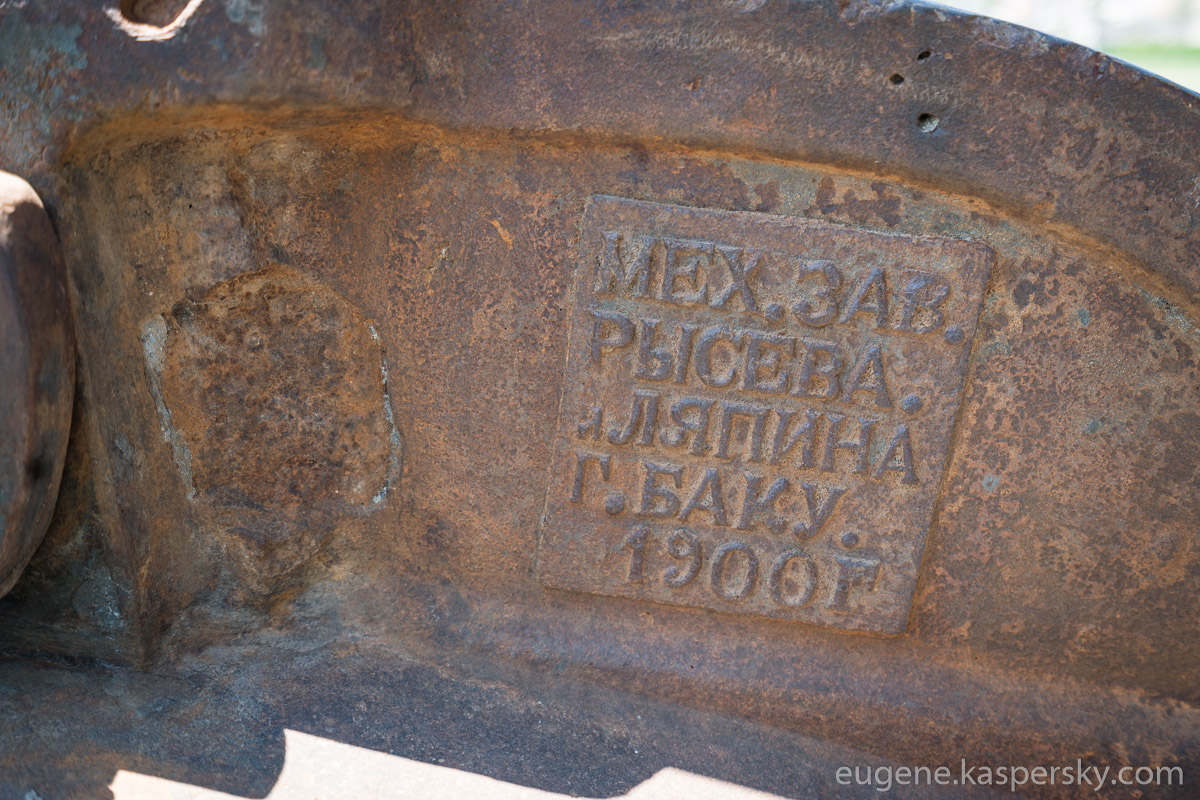July 13, 2017
In Sardinia, Even I Like the Vino.
I’m no fan of vino. Even good wine leaves me cold. I mean – even to the extent whereby if there’s good wine on offer and also plain old water – I’ll go for the plain old water every time. There are exceptions though. For example, sometime in the early 2000s I was bowled over by some Italian Chianti – in Italy itself, but since then, every attempt to recapture the experience outside Italy failed miserably. I don’t know why. Maybe it just doesn’t travel well, or maybe it needs to be super fresh? But what about the ‘older is better’ thing with wine? It’s all a mystery to me.
There was one other wine I recall I really liked – some port in Portugal. Oh my grape! Now you’re talking! A magical drink – again, if purchased locally where it’s produced, in this case in the Douro Valley in northern Portugal. And again – if you get some outside the country, it’s some kinda plonk, no matter how expensive and fancy-looking the bottle.
I like my grapes in their original form, not fermented. A freshly-picked, freshly-washed grape – yum! Even grape juice I find a bit too sour – I always add water to it. I should maybe start adding water to my wine too if served it, but isn’t that frowned upon as a faux pas by some folks?
But I digest (grapes). But I digress…
The other day in Sardinia I had my third ever wonder-vino experience. And if you fancy yourself as a bit of a sommelier – or just like wine a lot, I recommend you get to where I had it (or maybe even move there:). For it’s here where I found myself actually asking for second helpings of the stuff.
All righty. I’m talking about the wine that’s produced in the ‘Saddura’ winery. Woah – just looked: no website and hardly any mention at all on the net. Underground! Exclusive! Unspoiled! The genuine item!…
Actually, there are a great many small wineries like Saddura in Sardinia, but that doesn’t make them all any less cool. There are also plenty of honey farms, but today we’re talking vino – Saddura vino:
In the very neat building here the locals tell us all about wine-making – its history and the details of the manufacturing process, including the growing of the grapes in the vineyards – how they’re tended and watered, etc., before being picked quickly all of a sudden once it’s deemed the right time (if picked too late they’ll be overripe). A mere 20+ workers (plus automation) manage to pick the lot – tons and tons – in a few days, and they’re all turned over to the fermentation-production facilities to eventually wind up in nice-looking bottles to be sold for a pretty penny.
Aha. Modern art too. Modern kunst and wine – what a pleasant combination :).
Oh no! Time to leave…
Sardinian vineyards and wineries – check. Next up: Sardinian archaeology…
Back tomorrow folks!…

























